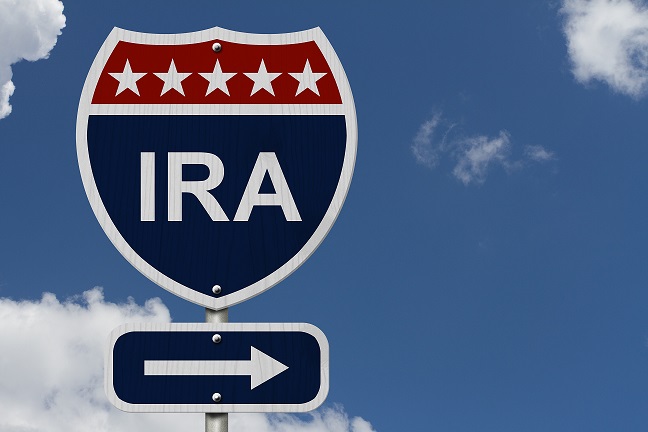Editor’s note: The following article was published prior to the coronavirus crisis and drafting of the CARES Act. Please note that the CARES Act has provided that RMDs be suspended for the remainder of 2020.
Lead with charitable intent
A review of the websites of leading charities would suggest the SECURE Act (“Act”) will be a fundraising bonanza due to the funding of testamentary unitrusts or charitable gift annuities with IRAs. Perhaps in a decade there will be evidence to gauge the Act’s impact on fundraising. For now, let’s remember what is known about philanthropy: Gifts are made primarily for reasons other than tax incentives. While it may be true the incentives could impact the timing and amount of a gift, they do not create philanthropic motivation.
The knowable
Here is what we know for certain about the Act, and much of it favors retirees:
For those donors who reached 70½ in 2019 and earlier, they must either commence or continue their required minimum distributions (RMDs). For everyone else, RMD is owed for the year the donor turns 72, though the first RMD could be deferred to April 1st of the next year.
For those donors who had been receiving payments from a stretch IRA from decedents who died in 2019 and earlier, their deferrals may continue under the favorable pre-Act rules (i.e. over their lifetime).
For surviving spouses, nothing has changed or will change. The choice of treating the IRA as the survivor’s or as an inherited one remains intact.
For beneficiaries within 10 years of age of the decedent such as a sibling, cousin or friend, the previous rules permitting extended deferrals apply.
The beneficiaries most impacted
If a traditional IRA owner passes away in 2020, the nonspousal beneficiary must generally receive all the distributions at the end of a ten-year period. There is no requirement that anything be paid before such ten years.
Much of the commentary on the Act has focused on the elimination of the stretch IRA which will reduce deferral to 10 years. This change will hurt children and grandchildren of decedents. Gone is the opportunity to take small withdrawals incurring minimal income tax while enjoying decades of tax deferral.
In the aftermath of the passage of the SECURE Act, many in the charitable sector have identified testamentary split-interest income gifts to fund the “stretch” IRA. The charitable community should be aware there are workarounds to mimic the stretch IRA without benefiting a charity. Specifically, the IRA owner may make a series of lifetime Roth conversions to reduce or eliminate the tax bite for future beneficiaries. Additionally, the owner may decide to skip Roth conversions but secure life insurance in an amount to cover the estimated income taxes to be paid by the beneficiary.
The road ahead
Charities should market the CRT as the “charitable stretch IRA” to those with demonstrated charitable intent.
The testamentary charitable trust or gift annuity will be of the most benefit to the charity if the measuring lives are 60 years and older. Knowing your donors and their family members will assist in your market segmentation for how to reach them. Creating a testamentary charitable trust with a young beneficiary likely will leave the charity with very little at the end of a long wait.
 Tax commentators have only begun to think through the permutations of the Act. Our next article will explore some of the new challenges of planning for spendthrift beneficiaries or those with special needs. Continue to follow Sharpe Group on our blog.■
Tax commentators have only begun to think through the permutations of the Act. Our next article will explore some of the new challenges of planning for spendthrift beneficiaries or those with special needs. Continue to follow Sharpe Group on our blog.■
Christopher P. Woehrle is Professor and Chair of the Tax & Estate Planning Department at the College for Financial Planning in Centennial, Colorado.


